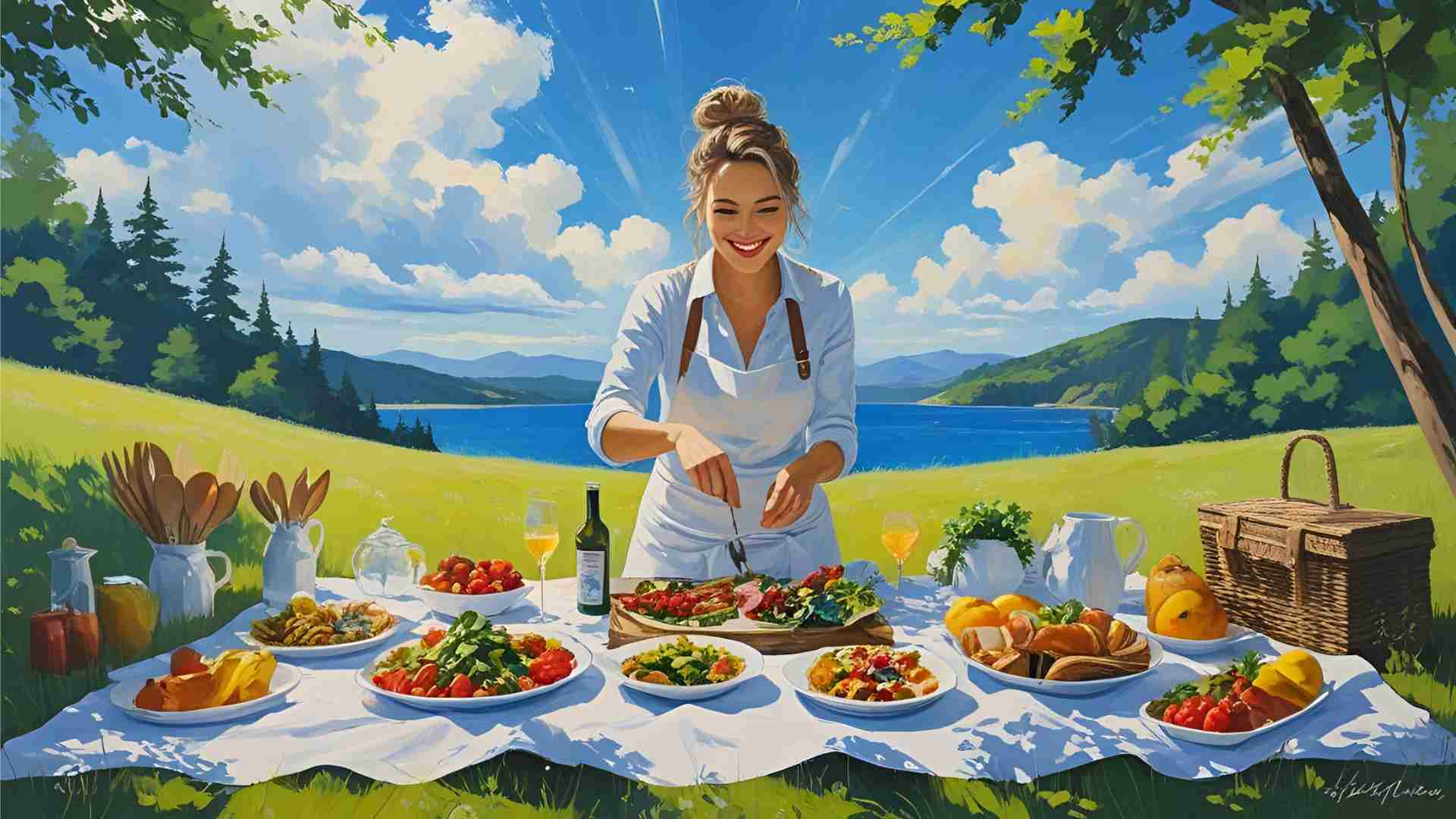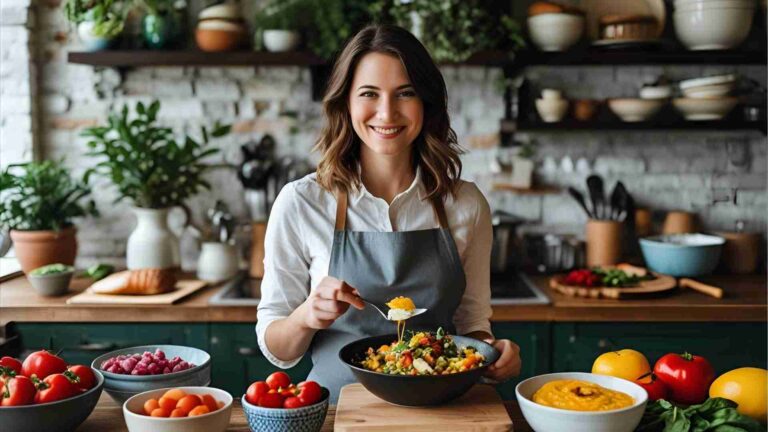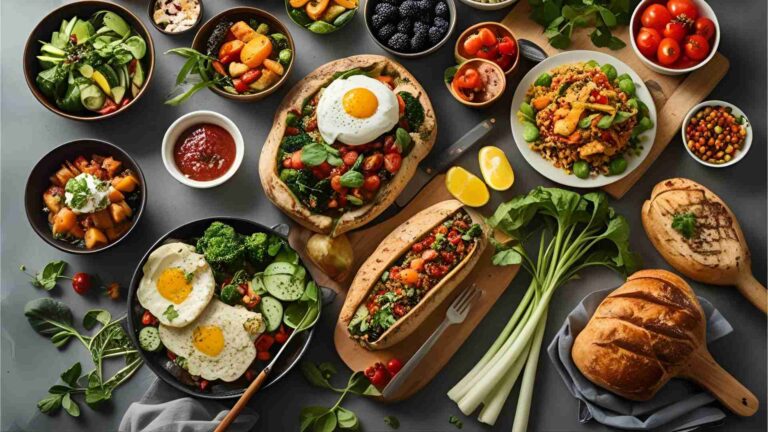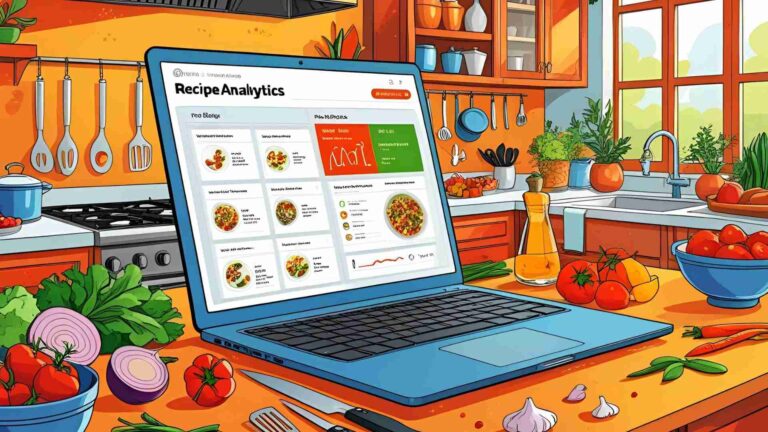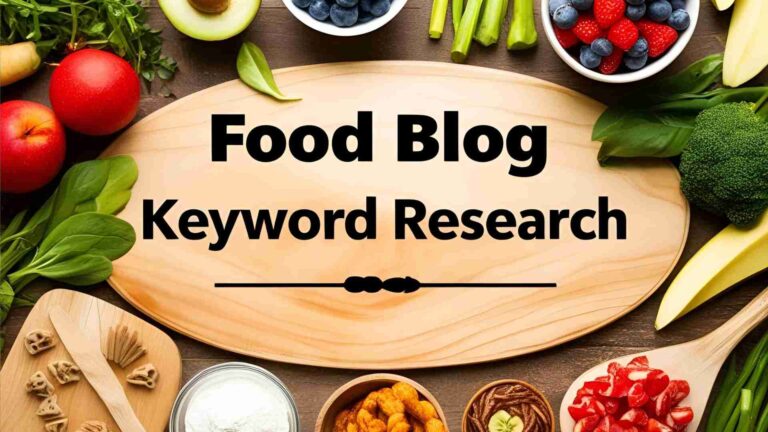5 Ways Food Content Creators Can Be Successful on Substack
Discover 5 proven strategies for food content creators to succeed on Substack, from defining your niche to monetizing exclusive recipes effectively.
In the ever-evolving digital landscape, food content creators face increasing challenges with traditional blogging models reliant on search engine optimization (SEO) and ad revenue. With Google’s algorithm changes and the rise of AI-generated content, many creators are seeking alternative platforms to connect with their audience and monetize their expertise. Substack has emerged as a powerful tool for food writers, offering a direct line to readers through newsletters, complete ownership of email lists, and a subscription-based model free from algorithmic constraints. Unlike traditional platforms, Substack is free to use regardless of audience size, making it an accessible and scalable option for creators at any stage.
This article explores five actionable strategies to help food content creators thrive on Substack, drawing from successful case studies, expert insights, and practical tips. Whether you’re a seasoned food blogger or just starting, these strategies will guide you in building a loyal audience, creating valuable content, and diversifying your income streams.
1. Define Your Newsletter’s Purpose with Precision
Why Clarity Matters
A successful Substack begins with a clear purpose. Food content creators must decide what their newsletter offers and who it serves. Is it a space for exclusive recipes, personal stories, or practical meal-planning tips? A well-defined purpose shapes your content, builds trust with subscribers, and sets expectations for what readers will receive in their inbox.
How to Define Your Niche
- Identify Your Audience: Are you targeting busy parents needing quick meal ideas, health-conscious eaters seeking gluten-free recipes, or food enthusiasts craving culinary storytelling? Narrowing your focus helps attract the right subscribers.
- Align with Your Strengths: Leverage your unique expertise, whether it’s vegan baking, regional cuisines, or budget-friendly meal prep.
- Set a Unique Value Proposition: For example, you could offer a weekly “$50 Meal Prep Series” or share behind-the-scenes stories of recipe development.
Examples of Successful Niches
- Caroline Chambers’ What to Cook: Delivers one complete-meal recipe weekly, designed to be time-efficient and low on dish cleanup.
- Violet Witchel’s Substack: Focuses on meal plans and shopping lists with an emphasis on fresh produce.
- David Lebovitz Newsletter: Combines recipes with personal stories and Paris food culture insights.
Actionable Steps
- Write a one-sentence mission statement for your Substack (e.g., “Weekly gluten-free dessert recipes with step-by-step visuals for busy bakers”).
- Survey your existing audience (via blog or social media) to understand their needs.
- Test 2–3 content ideas to refine your niche before committing to a long-term focus.
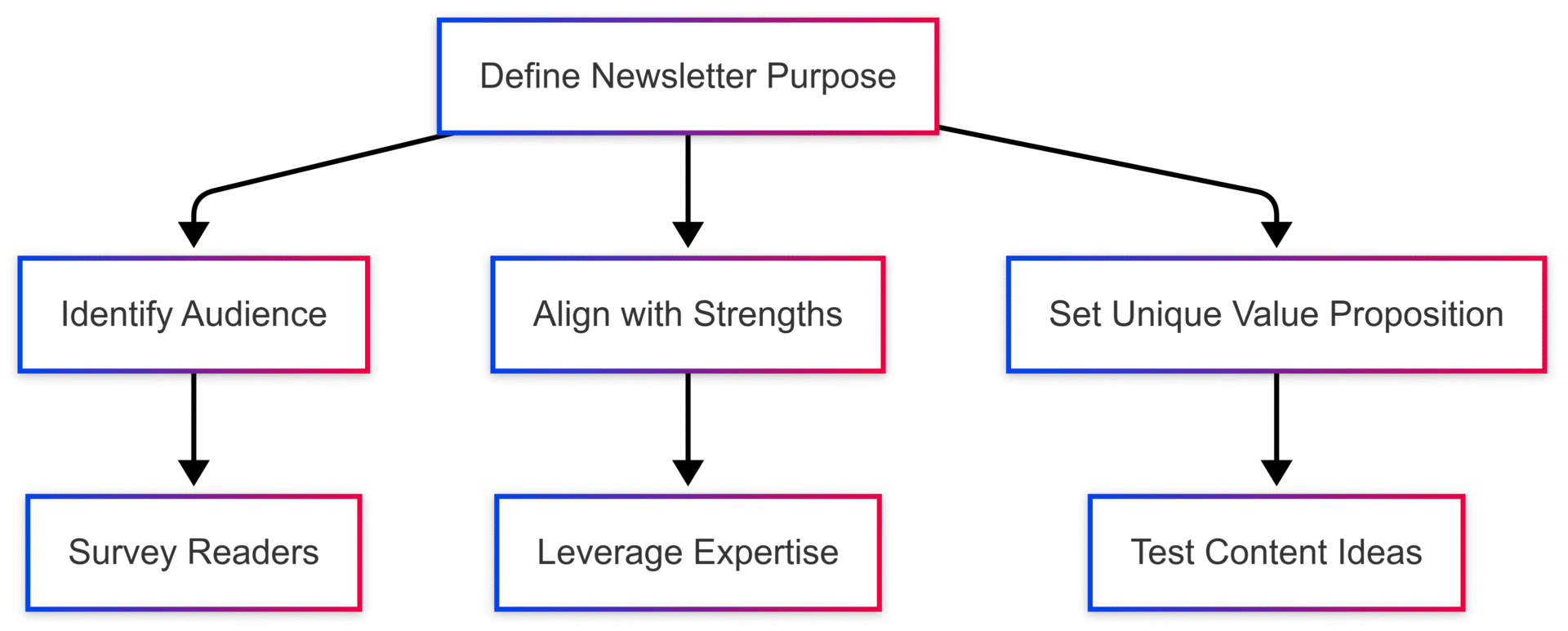
2. Deliver Consistent, High-Value Content
The Power of Consistency
Consistency is the backbone of a successful Substack. A predictable posting schedule—whether weekly, bi-weekly, or monthly—builds trust and keeps readers engaged. Scott Hines, who publishes three times a week, emphasizes, “A regular schedule fosters an ongoing conversation with readers, creating a comfortable rapport.”
What Makes Content Valuable?
Value doesn’t always mean educational. It can be:
- Inspirational: Recipes that spark creativity, like Alison Roman’s unique dishes.
- Entertaining: Personal anecdotes that make readers feel connected, such as Dorie Greenspan’s stories about her culinary adventures.
- Practical: Meal plans or shopping lists, as seen in Jenn Lueke’s The Eat Goood Newsletter.
Balancing Free and Paid Content
To attract and retain subscribers, offer a mix of free and paid content:
- Free Content: Teasers like quick tips, recipe roundups, or personal stories to hook new readers.
- Paid Content: Exclusive recipes, video tutorials, or in-depth guides that justify the subscription cost.
Case Study: Caroline Chambers
Chambers’ What to Cook offers a free newsletter with lifestyle content and a paid weekly recipe newsletter ($5/month). Her focus on time-saving, high-quality meals has attracted tens of thousands of paid subscribers, generating significant revenue.
Actionable Steps
- Commit to a realistic posting schedule (e.g., one newsletter per week).
- Create a content calendar to plan themes and ensure variety.
- Use analytics to track open rates and engagement, adjusting content based on reader feedback.
| Posting Frequency | Pros | Cons | Best For |
|---|---|---|---|
| Weekly | Builds habit, high engagement | Time-intensive | Creators with consistent output |
| Bi-weekly | Manageable for busy creators | Slower audience growth | Part-time creators |
| Monthly | Low pressure | Risk of losing reader interest | Niche, in-depth content |
3. Leverage Your Blog to Amplify Substack Growth
Synergy Between Blog and Substack
Your existing blog is a powerful asset for driving Substack subscriptions. Repurposing blog content and linking back to your site creates a symbiotic relationship, funneling traffic between platforms.
Repurposing Strategies
- Turn Blog Posts into Newsletters: Transform a series of blog recipes into a themed Substack post, like “5 Cozy Fall Soups” with personal anecdotes.
- Add Value: Include exclusive content, such as a behind-the-scenes story or a bonus recipe, to make the newsletter feel special.
- Cross-Promote: Embed Substack signup forms on your blog and link to blog posts in your newsletters.
Example: Repurposing in Action
A blog post about “10 Easy Weeknight Dinners” can become a Substack series titled “Weeknight Dinner Hacks,” featuring one recipe per week with added tips and personal stories. Each newsletter links back to the original blog post for full recipes, driving traffic.
Actionable Steps
- Identify 5–10 blog posts that can be repurposed into newsletters.
- Add a Substack signup CTA (call-to-action) to your blog’s homepage and recipe pages.
- Track referral traffic from Substack to your blog using Google Analytics.
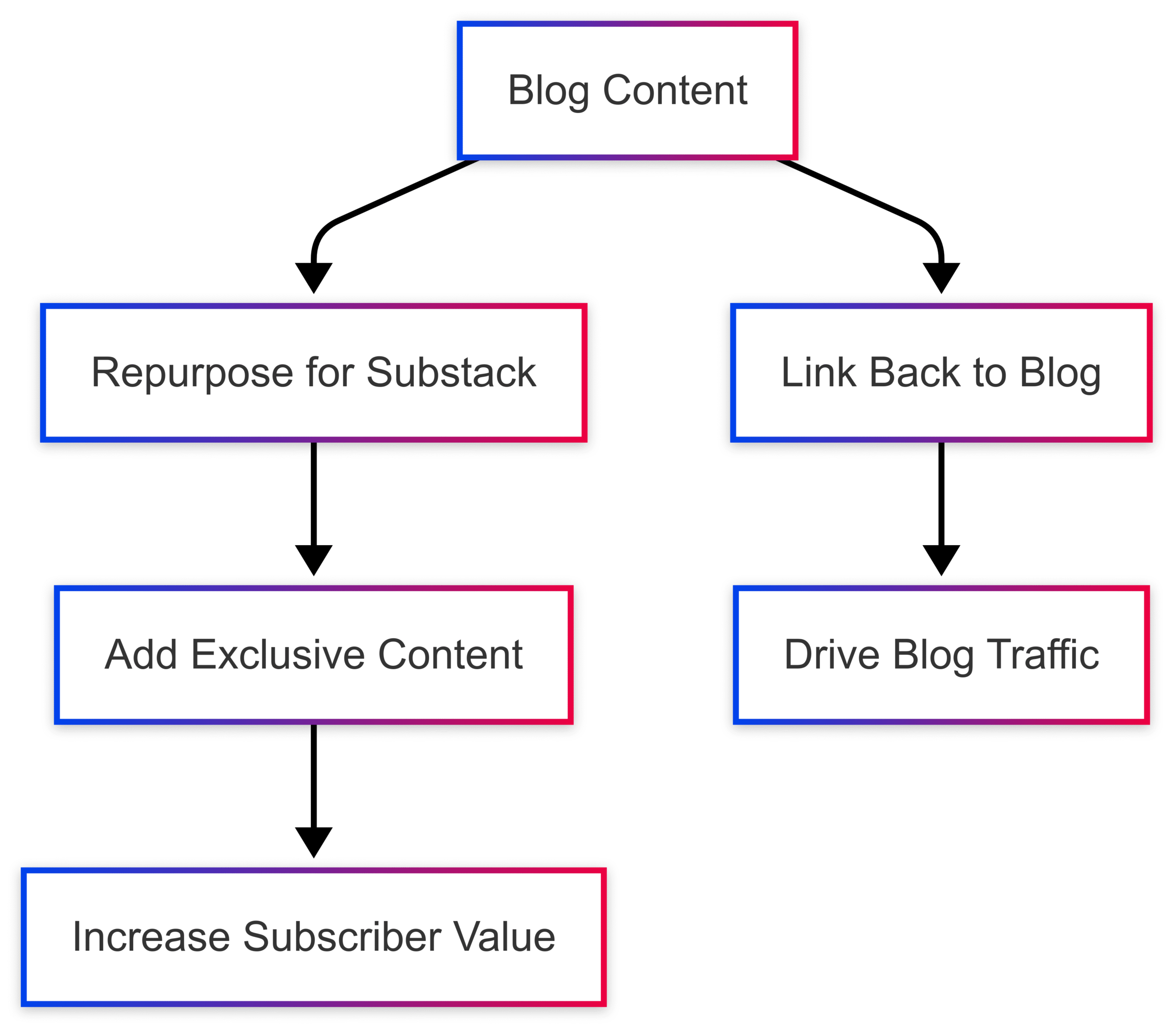
4. Utilize Substack’s Built-In Tools for Discovery
Substack’s Growth Features
Substack offers tools like Notes and Recommendations to boost visibility and attract new subscribers.
Notes
Notes is a Twitter-like feed where creators can share quick updates, such as:
- Kitchen tips (e.g., “How to caramelize onions perfectly”).
- Teasers for upcoming newsletters.
- Polls to engage readers (e.g., “What’s your favorite comfort food?”).
Regular Notes posts increase discoverability, as Substack highlights active creators in its ecosystem.
Recommendations
Recommending other Substacks (and receiving recommendations in return) fosters organic growth. For example, Jason Wilson gained over 400 subscribers in weeks after being recommended by José Andrés’ Longer Tables.
Actionable Steps
- Post 2–3 Notes per week to stay visible (e.g., share a quick recipe tip or ask a question).
- Connect with 5–10 food creators on Substack and propose mutual recommendations.
- Monitor subscriber growth from Notes and Recommendations using Substack’s analytics.
| Tool | Purpose | Frequency | Impact |
|---|---|---|---|
| Notes | Share quick updates, engage readers | 2–3 times/week | Increases visibility, drives engagement |
| Recommendations | Cross-promote with other creators | Ongoing | Organic subscriber growth |
5. Embrace Personal Storytelling to Build Connection
Why Personality Matters
Substack thrives on authenticity. Unlike SEO-driven blogs, Substack allows creators to write freely, sharing personal stories that resonate with readers. As Leah Koenig notes, “Focus on figuring out your voice, and exactly what you want to share through your newsletter.”
Ideas for Personal Content
- Family Recipes: Share the story behind a cherished recipe, like a grandmother’s lasagna.
- Kitchen Fails: Describe a recipe disaster to humanize your brand.
- Inspiration Moments: Explain what sparked a new dish, such as a farmers’ market find.
Case Study: Alison Roman’s A Newsletter
With over 300,000 free subscribers and an estimated 15,000–30,000 paid subscribers at $5/month, Roman’s Substack blends recipes with candid life musings. Her authentic voice and storytelling drive her success, generating $75,000–$150,000 monthly.
Actionable Steps
- Include one personal anecdote in each newsletter to build connection.
- Use Substack’s discussion threads to engage readers and encourage feedback.
- Experiment with multimedia (e.g., short videos of your cooking process) to enhance storytelling.
Monetization Strategies for Food Creators
Substack’s Subscription Model
Substack’s paid subscription model allows creators to monetize directly. Most food Substacks charge $5–$8/month, with top creators like Alison Roman and Caroline Chambers earning significant revenue.
| Substack | Creator | Price | Estimated Paid Subscribers | Estimated Monthly Revenue |
|---|---|---|---|---|
| A Newsletter | Alison Roman | $5/month | 15,000–30,000 | $75,000–$150,000 |
| What to Cook | Caroline Chambers | $5/month | Tens of thousands | $50,000+ |
| Violet’s Substack | Violet Witchel | $5/month | Tens of thousands | $50,000+ |
| David Lebovitz Newsletter | David Lebovitz | $5/month | Thousands | $10,000+ |
Challenges of Monetizing Recipes
While Substack offers monetization potential, some readers hesitate to pay for recipes due to the abundance of free alternatives online. To overcome this:
- Offer Unique Content: Focus on niche recipes that aren’t widely available, such as hyper-local or experimental dishes.
- Add Value: Include step-by-step photos, videos, or meal plans to justify the cost.
- Build Trust: Use free content to showcase expertise and convert readers to paid subscribers.
Alternative Monetization Options
If paid subscriptions are challenging, consider:
- Digital Products: Sell cookbooks, meal plans, or templates.
- Affiliate Marketing: Promote kitchen tools or ingredients in newsletters.
- Online Courses: Offer cooking classes, as suggested by user MellowGrasshopper.
- Brand Partnerships: Collaborate with food brands for sponsored content.
Reader Insights from Comments
A Reddit thread revealed mixed experiences with Substack monetization:
- Challenge: Users like grapegeek noted it’s hard to convert readers to paid subscribers without a large, loyal following.
- Success: Tweetgirl earns more from affiliate links than subscriptions, suggesting a hybrid approach.
- Suggestion: CraftBeerFomo recommended platforms like Skool for personalized cooking courses over recipe paywalls.
Getting Started: Practical Tips
Before You Launch
- Publish 2–3 Posts: Build an archive to give new subscribers content to explore, as advised by Kristen Hawley.
- Enable Paid Subscriptions: Start offering paid content immediately to set expectations, per Aaron Ayscough.
- Create a Schedule: Plan a sustainable posting cadence (e.g., weekly) to stay organized, as Natalie Cruz does with her editorial calendar.
Growing Your Audience
- Cross-Promote: Use your blog, social media, and YouTube to drive Substack signups.
- Engage Actively: Respond to reader comments and use Substack’s discussion threads to foster community.
- Experiment: Test formats (e.g., audio recipes, video snippets) to keep content fresh, as Scott Hines suggests.
Avoiding Common Pitfalls
- Overloading Paid Content: Balance free and paid offerings to avoid alienating readers, as rdnyc19 warned about inbox clutter.
- Neglecting Blog Traffic: Don’t abandon your blog; use it to funnel readers to Substack, as womensjournal recommended.
- Inconsistent Posting: Stick to your schedule to maintain reader trust, as ajeeb_gandu noted the fatigue of irregular posting.
Conclusion
Substack offers food content creators a unique opportunity to build a direct, algorithm-free relationship with their audience. By defining a clear purpose, delivering consistent value, leveraging existing blog content, using Substack’s discovery tools, and embracing personal storytelling, creators can grow a loyal readership and diversify their income. While monetizing recipes can be challenging in a world of free content, focusing on unique, high-value offerings and exploring alternative revenue streams like digital products or courses can lead to sustainable success.
Start small, experiment often, and let your passion for food shine through. As Anne Byrn puts it, “Substack is about civility and discourse—building a community where readers feel free to engage.” With dedication and authenticity, your Substack can become a thriving platform for sharing your culinary expertise and connecting with food lovers worldwide.
Please share these 5 Ways Food Content Creators Can Be Successful on Substack with your friends and do a comment below about your feedback.
We will meet you on next article.
Until you can read, Wild Mushroom Risotto for Breakfast
